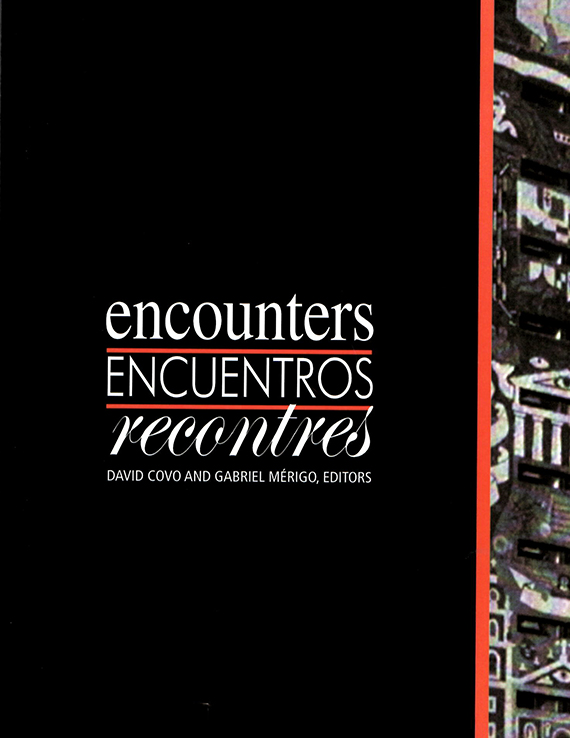Author(s): Joongsub Kim
New Urbanism has been criticized for its emphasis on large-scale residential developments in suburbs, while neglecting infill development and rehabilitation in poor urban areas. Consequently, empirical research on the success of New Urbanist infill projects is scarce. It is appropriate to ask whether people in poor urban areas favor New Urbanism-type development before undertaking it. Thus determining how to apply New Urbanism to such areas requires extensive study. The goal of this research is to assess the applicability of New Urbanist principles to underserved urban areas. This study investigates residents’ perceptions of New Urbanist goals and design features with respect to urban infill development through in-depth interviews and survey questionnaires conducted with residents living in Southwest Detroit, East Davison, South Rosa Parks, Parkside, and East Warren, typical poor residential urban areas of Detroit. The preliminary findings suggest that a New Urbanist approach is likely to promote successful and effective infill developments in poor urban areas and that the study participants in those areas favor New Urbanist development. The outcomes of this study can guide policymakers, developers, and designers in making informed decisions on New Urbanist development that respect the preferences and needs of residents in underprivileged neighborhoods of Detroit and other cities. Key words New Urbanism, low income, neighborhood revitalization, urban infill development.
Volume Editors
David Covo & Gabriel Mérigo Basurto
ISBN
0-935502-57-2

 Study Architecture
Study Architecture  ProPEL
ProPEL 
